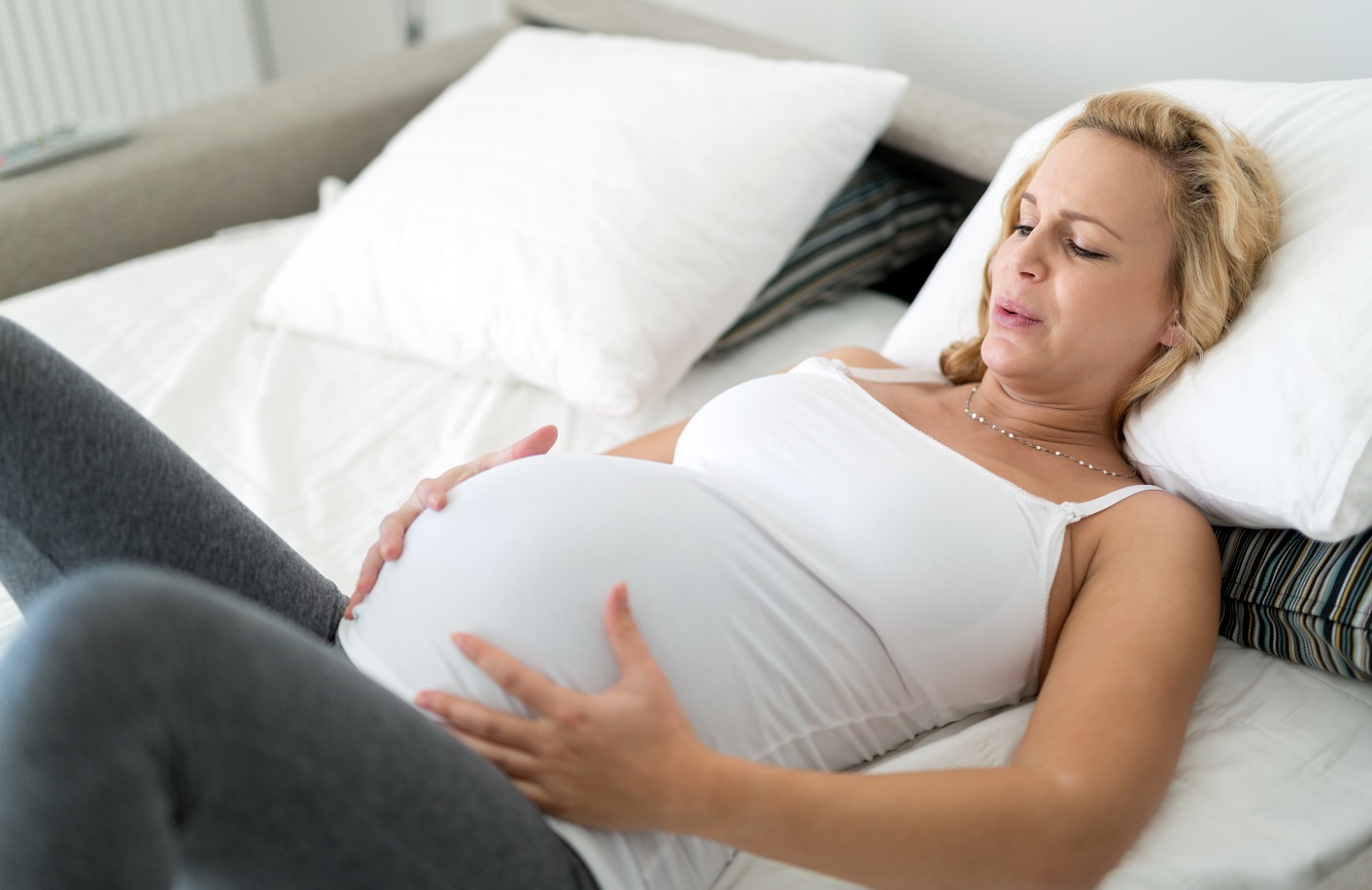
Maybe you've recently been feeling some contractions or you are frightened and wish to know what to anticipate. First, you need to know that the uterus is made up of mostly muscle, which is capable of contracting just like a muscle elsewhere within your body. The ability of the uterus to contract is what will probably help your child be born. Within this blog post, we discuss some from the kinds of contractions you might experience during pregnancy and labor, as well as talk through how to handle each one of these.
Braxton Hicks Contractions
You’ve probably heard of this contraction type—named for Dr. John Braxton Hicks, the British doctor who first described these contractions in the 1800s. You also may have heard these contractions called “false labor.” While it’s unlikely that you're really in labor, even though you have been using a large amount of Braxton Hicks contractions, the term false labor makes it sound as though your body is not doing any work, which is not the case. For this reason, many people think of Braxton Hicks contractions as practice contractions or labor. Your uterus is practicing or warming up for that bigger contractions that may help baby be born.
Braxton Hicks contractions can seem to be like everything from a little twinge in one spot to a full tightening across your belly. Sometimes you will have the ability to feel them without having to put help for your abdomen and often you do not see them until your hand is resting on your tummy. Usually, these contractions are painless—though that is not the case for everyone—and don't possess a discernable pattern or rhythm.
People who've been pregnant before are more likely to notice Braxton Hicks contractions earlier during pregnancy, though some people never feel them at all. If you're having these contractions and they are bothersome, some things that might help are drinking more water to prevent dehydration and taking it easy, as sometimes plenty of activity or stress may bring them on. Nearly everyone’s experience with these contractions is within the range of normal, but because always, if you have questions, consult with your care provider.
Contractions in Early Labor
In early labor, contractions can in fact bring about cervical dilation, the opening of the cervix through which baby will pass from your uterus into your vagina to become born. They can also feel a lot like a far more intense version of Braxton Hicks contractions, but there are a few notable differences. First, it is much more likely that you will observe that these contractions are happening without putting you on your belly. Second, they tend to develop some form of rhythm or pattern, even when they are not coming very frequently or even the pattern comes and goes. For instance, commonly early labor contractions are 10-12 minutes or even more apart but might maintain that pattern for some hours at a time. Third, labor contractions often increase in intensity or sensation, frequency, and length over time. They might even become painful. Another way to determine if you are in early labor would be to pay attention to other labor signs, such as loose stools, feeling of the infant dropping, and back pain or cramps.
You might deal with these contractions with all or any of the following coping strategies:
- Breathing
- Rest: if you can, attempt to go to sleep or simply lie still and breathe deeply.
- Distraction: do something—watch a favorite show, call a buddy, cook something—to take your attention off your contractions.
- Vocalizing: try making an “ohhhh” or “ahhh” sound, as loudly as you want to. Keep the voice low in pitch, instead of high and scream-like, and your mouth and jaw soft and open.
- Movement: changing positions, dancing, and walking can all help alleviate the discomfort of early labor contractions.
- Water: in case your care provider signs off on it, you can take a bath or shower during early labor. Water, especially tepid to warm water, could feel happy as contractions intensify.
- Medication: depending on the length and intensity of your early labor contractions, you may want to discuss pain medication options with your care providers.
Contractions in Active Labor
Once your contractions have more intense and closer together, you are likely on your journey to active labor. Depending on the position your child is in, these contractions may be between Thirty seconds to 2 minutes long and is a quite painful sensation of muscle tightening inside your abdomen, pelvis, and back.
The first a part of active labor, once you are dilated about six centimeters or more, will probably include contractions that average 1 minute long and obtain closer together. In transition, contractions might be a bit more time, likely probably the most intense or painful that they’ve been, and come quickly, one right after another. After transition, during the pushing phase, contractions might decelerate, providing you with space to relax between each one, and could be lower than they were during transition. You can cope with these contractions using the strategies discussed above.
Contractions after Baby Is Born
Did you anticipate to be having contractions after baby was created? While it’s true that contractions continue in order to facilitate delivery of the placenta and to help your uterus avoid hemorrhage and shrink down after stretches to support your growing baby, the expertise of these contractions varies widely. Some women don't have the contractions after baby is born at all, while for others they are intensely painful or takes weeks after birth, especially during breastfeeding, when discharge of the hormone oxytocin triggers them. With respect to the method of delivery, you may want pain medication in order to use heat or cold packs to help using the discomfort of post-baby contractions.

